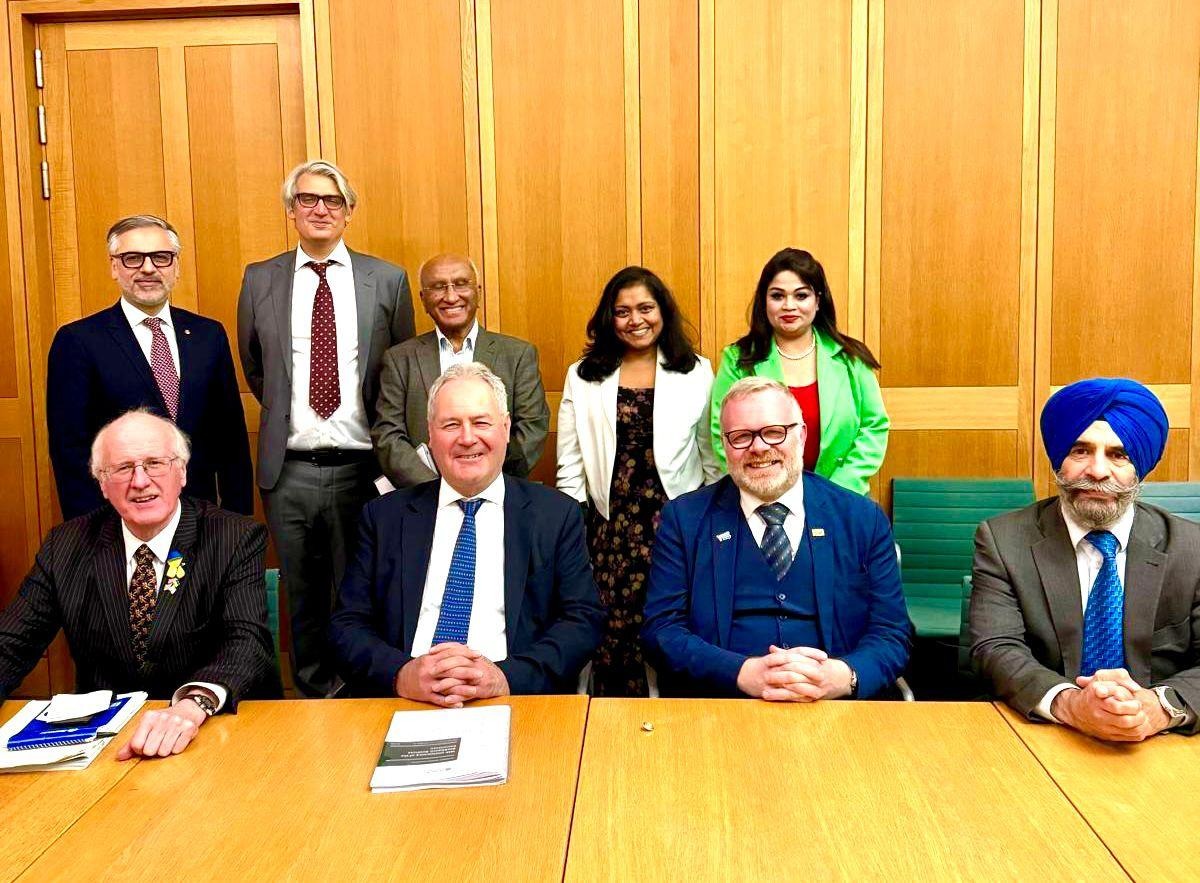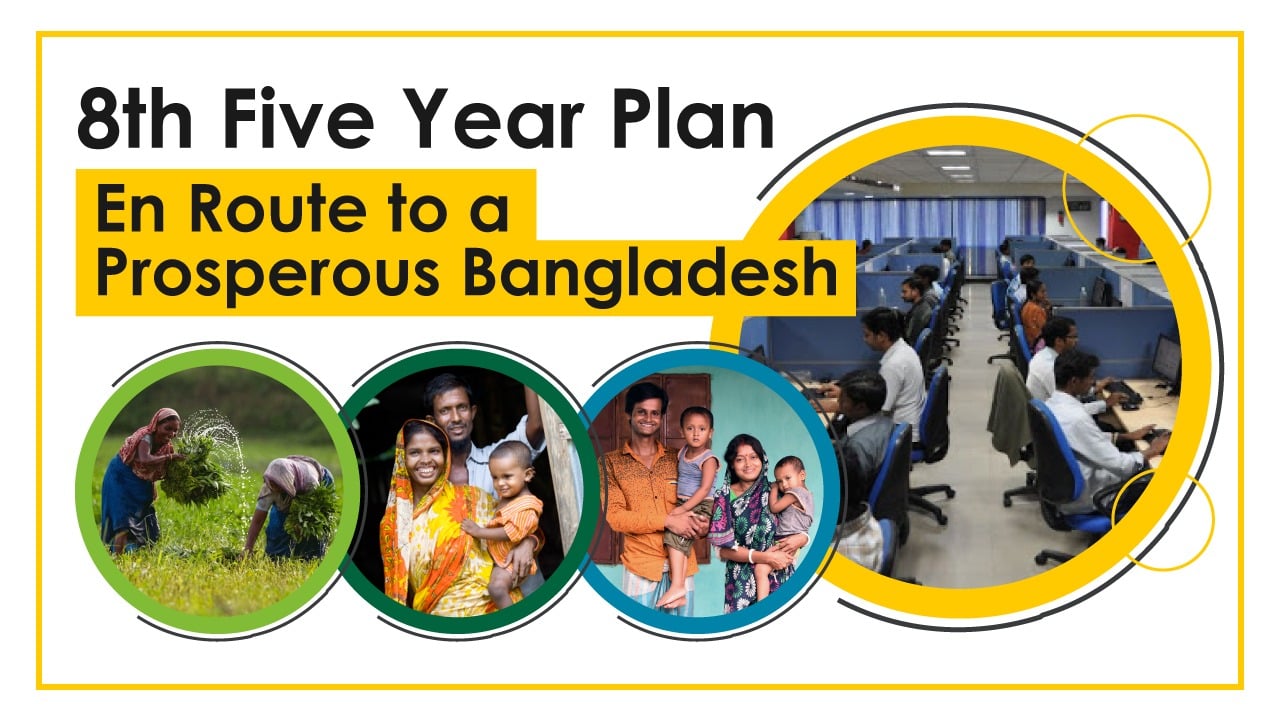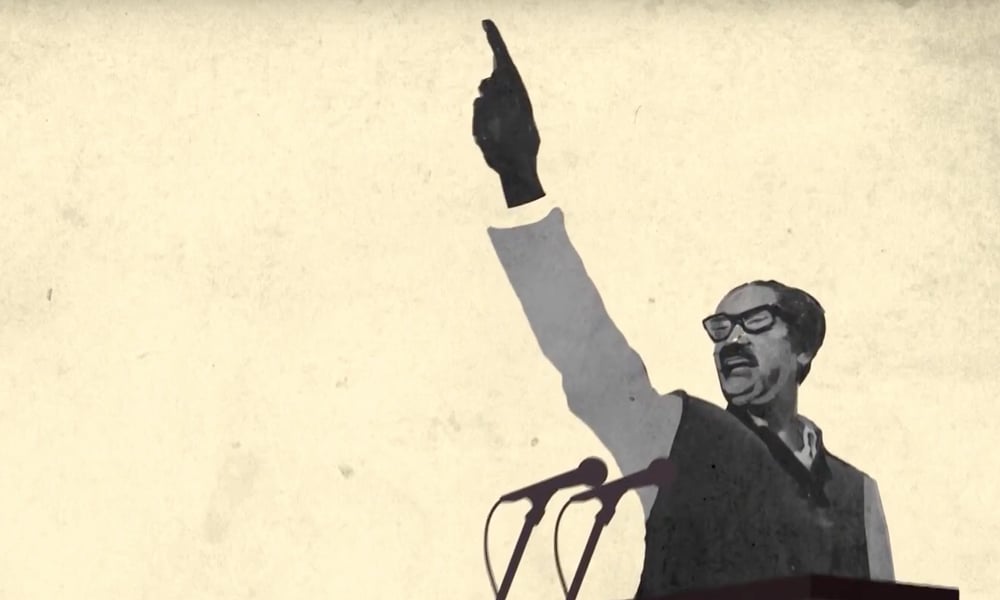8118
Published on June 24, 2014“Against [all] the odds, Bangladesh lifted 16 million people out of poverty in the last 10 years and also reduced inequality; that is a rare and remarkable achievement.” - Johannes Zutt, World Bank Country Director for Bangladesh.
Bangladesh, home to a huge population of 14.23 crore (BBS, 2010), cannot escape the fact of severity of poverty. Poverty alleviation has, therefore, been high on its development agenda as is evidenced in all plan documents. Poverty is the single most important socio-economic policy challenge for Bangladesh. Bangladesh has been struggling for a long time to reduce the incidence of poverty and to improve the living standards of its millions of impoverished citizens. In recent years, Bangladesh has made significant progress in reducing poverty. This decline of poverty in Bangladesh is by and large attributable to the relentless engagement in poverty reduction interventions. The Government has laid special emphasis on poverty alleviation and has pledged to eradicate poverty through planned economic development. The present Government aims at reducing poverty rate at 22 and 15 by 2015 and 2021 respectively. Scrutinizing the poverty reduction rate from last 5 years it can be envisioned that by 2021 Bangladesh would become the land free from extreme poverty where everyone would be better off.
Poverty Reduction: Recent Achievement
For poverty and extreme poverty reduction, in recent years, Bangladesh is being tagged globally as ‘the land of impossible attainments’. The country has already achieved the targets meant for a hunger and poverty-free society under the Millennium Development Goals (MDGs). The success in poverty reduction has been well-acclaimed by the international community. When the Awami League led Government took office in 2009, around 5 crore (50 million) people of the country were poor, of which 2 crore 88 lakh (28.8 million) were in the clutch of extreme poverty. During the previous term of present government, though population growth rate was 1.16 percent on an average, the number of poor and extreme poor came down to around 3 crore 85 lakh (38.05 million) and 1 crore 57 lakh (15.07 million) respectively (Source: Ministry of Finance). Many of the extreme poor have crossed poverty line over the last 22 years. It is also worth mentioning that 45 percent of those extreme poor were pulled out of poverty within the last 5 years.
Figure1: Headcount Poverty Trends in Bangladesh, Source: HIESs of Bangladesh Bureau of Statistics
Target Assumptions Regarding Poverty Alleviation
The Government has set the target to bring down poverty to 13.5 percent by 2021. In the time 2014, scrutinizing the national progress rate, they have drawn an assumption that poverty will be reduced to 10.2 percent by 2021. They further expect that, extreme poverty will be totally eliminated from this country by 2018. To attain the target the budget proposal for FY 2014-15 contains various programmes worth Tk. 1,500 crore to eradicate extreme poverty.
Social Safety Net Programmes and Poverty Reduction
Recent years have seen a perceptible increase in interest in social safety nets within developing countries including Bangladesh. Historically, public safety net efforts in Bangladesh have clustered around the twin themes of food rations and post-disaster relief. The third cluster has been informal safety nets at family and community levels to address issues of demographic and social shocks. There has also been pension scheme for state employees. In recent years, however, safety nets have transcended these historical moorings and have graduated to a mainstream social and developmental concern.
The Household Income and Expenditure Survey (HIES) 2010 reveals that 24.57 percent families of the country have been brought under the coverage of social safety net programme. In this coverage, the share of beneficiary families in the rural area is 30.12 percent.
In order to reduce poverty the areas of spending have been grouped into two services i.e. direct services, and indirect services. It is designed in such a way to generate a better focus in terms of priority on programs/spending which would benefit the poor best.
Poverty Reduction Policy and Strategy
Bangladesh has laid special emphasis to make safety net programmes more target oriented with a view to accelerating the poverty eradication process. The country is now on verge of finalizing the ‘National Social Protection Strategy’ (NSPS). At the same time, steps have been taken to prepare a list of hard-core poor and a ‘National Population Register’ for proper identification of beneficiaries of social safety net programmes. Currently the Government of Bangladesh following four broad principles to formulate various social safety net programmes:
Combating Poverty and Vulnerability in Bangladesh through Social protection
The diverse underlying causes of poverty in Bangladesh include vulnerability, social exclusion, and lack of assets and income opportunity. Risks and vulnerability are mainstream problems in the lives of the average Bangladeshi and are recognized as such by governments, individuals and communities.
Social Safety Net Programmes (SSNPs) in Bangladesh address basic needs of the people namely food, shelter, education and health. The prime programs covered under SSNPs are: Food for Works (FFW), Vulnerable Group Development (VGD), Vulnerable Group Feeding (VGF), old-age allowances, allowances for retarded people, allowances for widow and distressed women, grants for orphanages. There are also micro-credit programmes, allowances for freedom fighters and so on. Distressed people particularly women, children and disabled persons have been given priority under Social Safety Net. The SSNPs have been broadly categorized into two: Social Protection and Social Empowerment. They are implemented through both non-development budget and development budget. Social protection encompasses: cash transfer allowances; cash transfer (special), food security, new funds for programs. Social empowerment includes: stipends, housing and rehabilitation, micro-credit, miscellaneous funds, development programs.
Table 1: Budgetary expenditure on poverty reduction, source: website of the Ministry of Finance
In addition to that, for better combating poverty, the budgetary allocations for the SSNPs have shown an increasing trend, the percentage shares of SSNPs in the national budget and GDP have been declining since 2010-11.
The Government of Bangladesh maintains a variety of social safety net programmes designed to address mainly transient food insecurity stemming from shocks. Some of the most prominent Government of Bangladesh safety net programmes include Vulnerable Group Feeding (VGF), Open Market Sales (OMS), Cash for Work (CFW), Food for Work (FFW) Vulnerable Group Development (VGD), Gratuitous Relief (GR) and recently the 100 days employment guarantee scheme. World Food Programme (WFP) works with UNICEF and FAO to implement the nutrition intervention activities through a coordinated UN approach.
Improving Voice and Access to Information
The poor are often excluded from markets in remote areas, undermining their economic activities. Increasing information and voice can address exclusion at household, community and national level. Realizing the fact the Government of Bangladesh along with its development partners are undertaking programmes to remove the information access barriers. Establishing UISC (Union Information and Service Center), DESCs (District e-Service Centers), developing market enterprise programmes to improve access for the products of individuals and collectives to local and national markets are some noteworthy undertakings.
Resources Used
Budget Speech of Finance Minister, 2014-15
Official Website of Ministry of Finance
Holmes et.al, 2008, Extreme poverty in Bangladesh, Project briefing DFID
Rahman & Choudhury, 2012, Social Safety Nets in Bangladesh, PPRC-UNDP
Raihan Selim, 2013, Social Protection for Inclusive Growth: The Case of Bangladesh
The Chronic Poverty Report 2014-2015, CPAN














